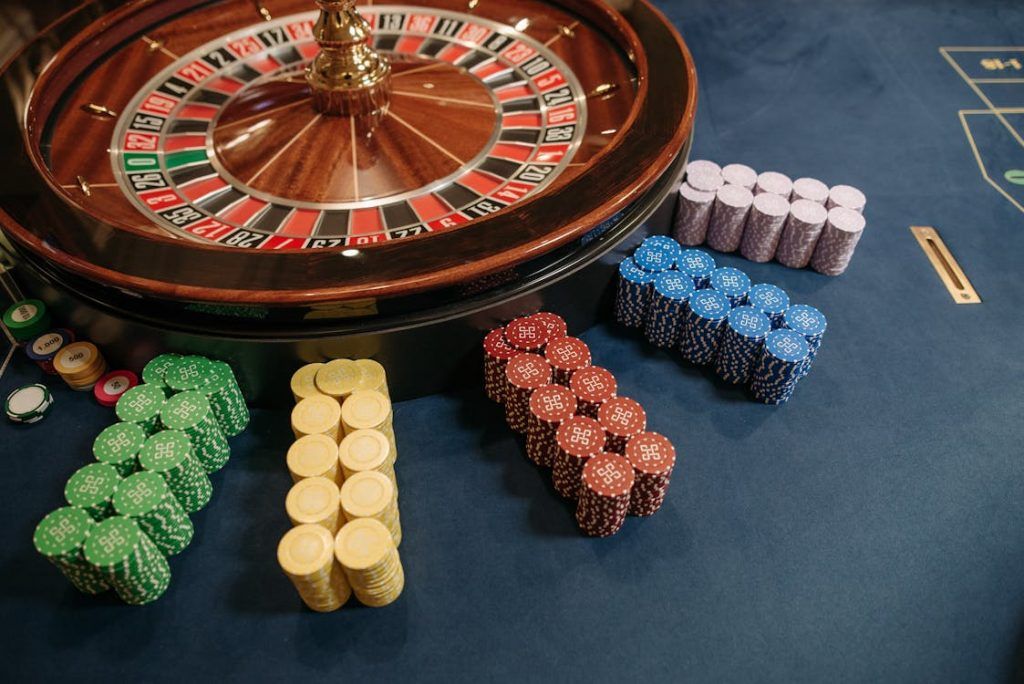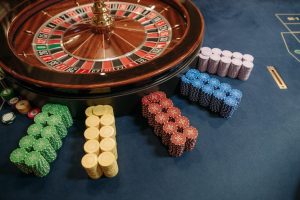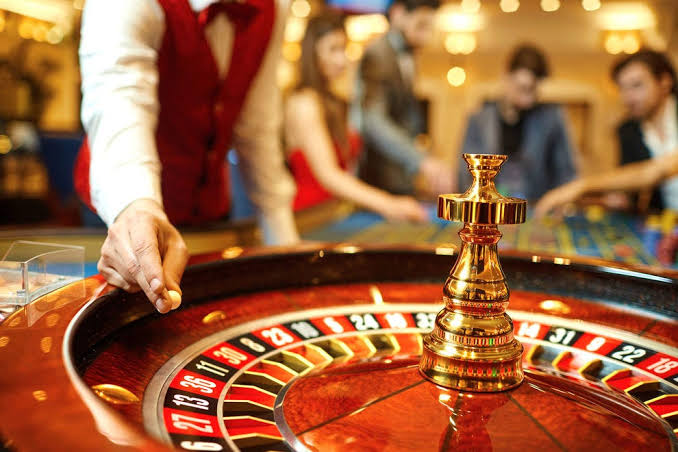Table games in casinos provide excitement, strategy, and opportunities for players to engage with unique gameplay mechanics. One such innovative game gaining attention in recent years is Eat and Run Police. This game combines elements of chance, decision-making, and strategic play, offering a dynamic and entertaining experience for both casual players and seasoned gamblers. Understanding the rules, strategies, and underlying dynamics of Eat and Run Police (먹튀폴리스) is essential for maximizing enjoyment and improving outcomes.
Understanding the basics of the game
Eat and Run Police is designed to simulate a fast-paced chase scenario, where players assume the role of either a “runner” or “police” character. The objective varies depending on the role chosen: runners aim to collect points or tokens while avoiding capture, and police aim to intercept runners before they reach their target. The game is played on a table with designated spaces for movement, and the action is governed by a combination of card draws, dice rolls, or other randomization elements. These mechanics create an engaging mix of luck and strategy, keeping players actively involved throughout the session.
Player roles and objectives
The dual-role system of Eat and Run Police introduces a layer of complexity not found in traditional table games. Players must understand the responsibilities of their chosen role and anticipate opponents’ strategies. Runners need to plan optimal paths, manage resources, and make split-second decisions to avoid capture while collecting points. Police players, on the other hand, must coordinate movements, predict runner behavior, and strategize to intercept effectively. The interaction between roles creates a dynamic and competitive environment that requires both tactical thinking and adaptability.
Strategic considerations
Strategy plays a significant role in Eat and Run Police, even though elements of chance influence outcomes. Runners benefit from evaluating risk versus reward, choosing when to move aggressively or play conservatively. They must also track police positions and predict their likely moves to minimize the risk of capture. Police players, in turn, need to balance pursuit efforts across multiple runners, using positioning and coordination to maximize interception opportunities. Success often depends on a player’s ability to read opponents, adapt strategies, and make quick decisions under pressure.
The role of chance
Like many table games, Eat and Run Police incorporates elements of chance that can influence outcomes in unpredictable ways. Dice rolls, card draws, or other random mechanisms introduce uncertainty, ensuring that no two games are identical. While skill and strategy are important, players must also accept and adapt to these elements of chance. This balance of skill and randomness contributes to the excitement of the game, as outcomes can shift dramatically in a single turn, keeping players engaged and attentive.
Social interaction and competition
One of the unique features of Eat and Run Police is the social and competitive interaction it fosters. Players must communicate, negotiate, and anticipate each other’s actions, creating a lively and engaging atmosphere. The game encourages both cooperation and rivalry, as police players may need to coordinate efforts while runners may form temporary alliances to achieve objectives. This social dynamic adds depth to gameplay, making it appealing to groups seeking interactive and strategic entertainment.
Practical tips for players
For those looking to excel in Eat and Run Police, several practical tips can enhance gameplay. Understanding the rules thoroughly and practicing role-specific strategies is essential. Observing opponents’ tendencies, staying aware of game mechanics, and anticipating potential outcomes can improve decision-making. Players should also remain flexible, adapting strategies as situations evolve, and embracing the role of chance in shaping game results. By combining preparation, observation, and adaptability, participants can maximize both enjoyment and competitive performance.
Conclusion
Eat and Run Police offers a fresh and engaging twist on traditional table games, blending strategy, chance, and social interaction into an exciting experience. By understanding the roles, objectives, and strategic dynamics, players can enhance their gameplay while enjoying the competitive and interactive environment the game provides. Whether playing casually or competitively, Eat and Run Police challenges participants to think critically, react swiftly, and engage fully with the table, making it a dynamic addition to modern casino entertainment.




